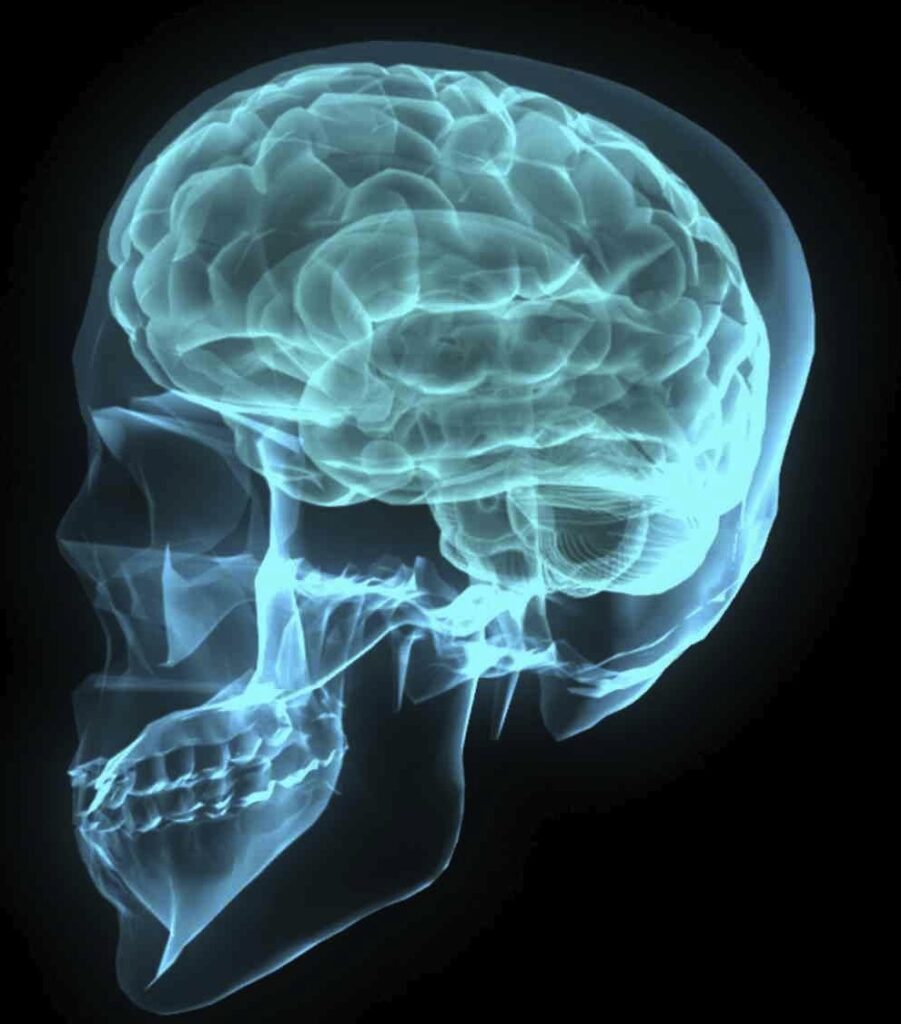Dementia is an acquired and often progressive cognitive decline. According to a 2008 talk by New York neurologist, Dr. Norman Pflaster, at least three areas of functioning are affected including memory, language, visual/spacial skills, ability to perform previously learned acts, right-left discrimination, judgment abstraction, and thought content.

The most common cause of dementia is Alzheimer’s Disease, the second most common cause is multiple strokes, and the third is diffuse Lewy Body Disease.
Alzheimer’s is a gradual decline, affecting mostly the memory center. It is a slow, gradual process happening all over the brain but most of the effects are with memory. Alzheimer’s disease causes a slow progressive death of neurons, “like the melting of snowflakes, one at a time,” says Pflaster.
Stroke, on the other hand, leads to the death of large groups of neurons “like taking a shovel of snow and throwing it away,” says Pflaster. The effect is sudden, and occurs in one area of the brain, depending on the location of the stroke. The location is what determines which areas of functioning are affected.
The differences between the effects of stroke and Alzheimer’s are often easy to differentiate, though in some cases, minor or imperceptible strokes happen over a period of time. In these cases, the result is that the symptoms of stroke can mimic the slow, gradual effects of Alzheimer’s.
According to Pflaster, 45% of people at age 85 have dementia. “It is possible that our brain cells are simply programmed to work only for a specific period of time,” he said.
Heredity is also a factor in dementia. Parkinson’s is not dementia but Parkinson’s patients may develop dementia. Some Alzheimer’s patients can have Parkinsonian features, such as rigid body movements.
Managing Care of the Dementia Patient
Management of delusions is a key factor in caring for the dementia patient. It is important for the caregiving family member to develop a good partnership with the neurologist in order to best manage these symptoms, Medications like Namenda and Aricept are standard treatment for keeping some dementia symptoms from progressing. These medications may stop delirium.
In addition, caregivers should learn how to work around the patient’s delusions in a way that causes the least upset, disruption and agitation for the patient. Books such as Dartmouth Memory Handbook 2011, Robert B. Santulli, M.D., Editor, New Hampshire: Upper Valley Memory Center) as well as advice from the patient’s physician can be helpful. If behavioral management fails, medications such as neuroleptics can be used.
Caring for the Caregiver
Dr. Pflaster encourages the caregiving family members to get whatever help they need to remain healthy and fit themselves during this demanding and emotionally difficult task. According to the New England Journal of Medicine [February 16, 2006; Vol. 354, pp.719-30] it is well documented that caring for a loved one with dementia increases a person’s risk of caregiver depression, anxiety, high blood pressure, heart disease, and anger.
When family members become family caregivers, it’s important to understand that making arrangements to help themselves in addition to the patient is a necessary part of the job.
Caregivers Keep Relationships Alive
Dr. Pflaster acknowledges that the new difficulties in the life of a caregiver of someone with an irreversible illness at the end of his or her life provide a challenging and interesting “last chapter” of the loved one’s life story.
When a person gets dementia, it strains the relationship even more, he says, “because the person you’re caring for is no longer the same as the person you once knew. You each play totally different roles. Although illness can lead to dissolution of relationships, family caregivers are the ones who refuse to close the book on the relationship. They play into their changing role, and their efforts are sometimes heroic.”
This article is not a complete guide and is not intended to be medical advice. Consult your physician for medical advice.
©Lisa C. DeLuca, all rights reserved. It is a violation of copyright law to reproduce this work on the web or for profit without written permission from the author. This article was originally published on the web in 2008. Please contact the author for permission.
